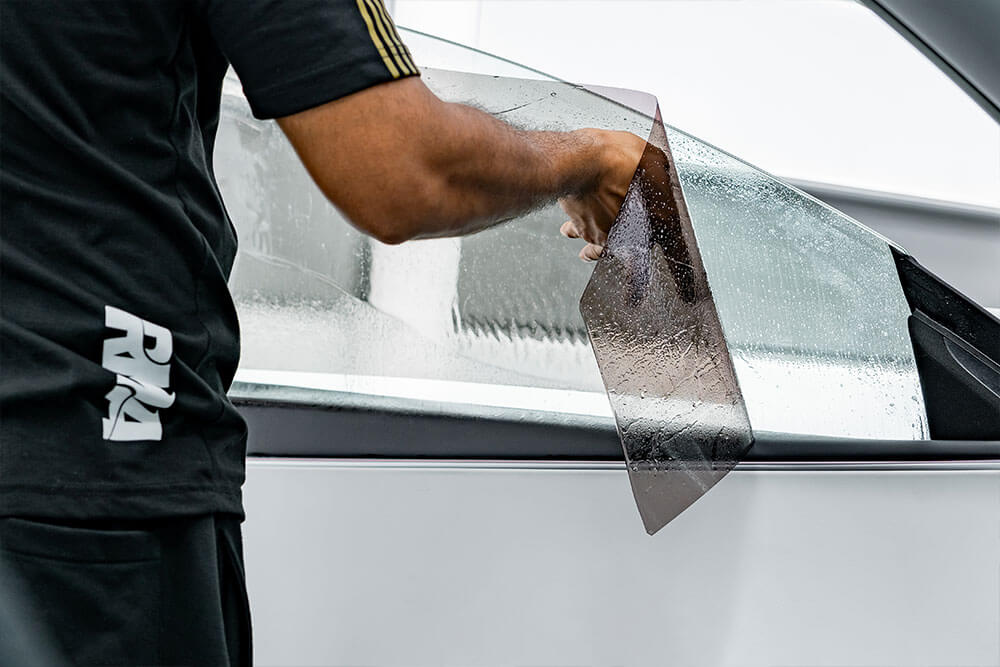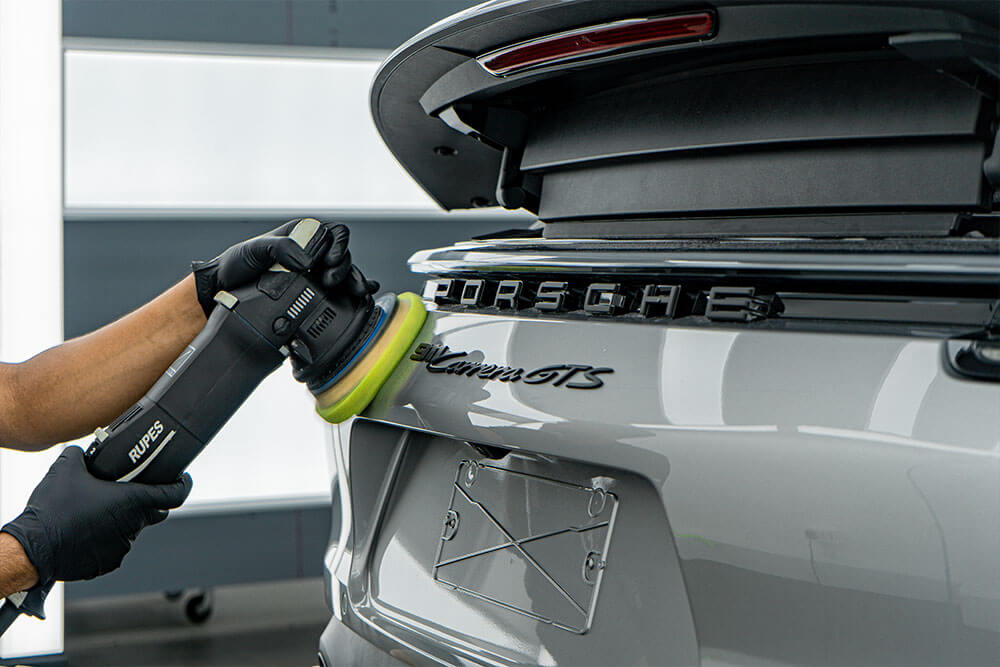
Full Car PPF vs. Partial PPF: Which One Saves More Time?
When it comes to protecting your vehicle with Paint Protection Film (PPF), one of the key decisions you’ll need to make is whether to go for full coverage or just partial coverage. Both options offer distinct advantages, but when it comes to saving time, there are important differences to consider. At RMA PPF, we specialize in applying Profilm PPF, a premium film known for its durability, clarity, and self-healing properties. In this blog, we will explore the time factors involved in both full and partial PPF installations, helping you make an informed decision about which option suits your needs best.
Full Car PPF: Comprehensive Protection, More Time
Opting for a full PPF installation means that every inch of your car, from the front bumper to the rear bumper, will be protected. This includes the entire hood, fenders, side mirrors, doors, and even parts of the roof, depending on the coverage package you choose. While full coverage offers the most comprehensive protection, it does come with an investment of time.
The installation process for full PPF coverage involves several steps. First, the vehicle needs to be thoroughly cleaned and prepared, ensuring that no dirt, grease, or contaminants remain on the surface. This preparation phase takes time, as it is critical for the PPF to adhere properly. After that, the film itself needs to be precisely applied to every surface of the car. Given that the entire car is covered, the installation will require careful attention to detail, especially around edges and curves where the film has to be expertly molded to avoid wrinkles and air bubbles.
For a full vehicle application, the installation can take anywhere from 1 to 3 days, depending on the complexity of the vehicle and the skill of the installer. Larger vehicles, such as SUVs or trucks, will naturally take longer than smaller sedans due to their larger surface area. While the time commitment for a full PPF installation is considerable, the result is a vehicle fully protected from chips, scratches, and environmental contaminants.
Partial PPF: Quick and Focused Protection
Partial PPF, on the other hand, is a quicker and more targeted solution. With this option, only specific areas of the vehicle are covered, usually the parts most vulnerable to damage. This might include the front bumper, hood, side mirrors, and fenders the areas that tend to accumulate the most wear and tear from road debris and stone chips.
Because partial PPF involves applying the film to fewer areas of the vehicle, the installation process is much faster. The same cleaning and preparation steps are involved, but they are completed over a smaller area, which significantly shortens the installation time. Typically, a partial PPF installation can be completed in a matter of hours, usually between 4 to 6 hours, depending on the complexity of the selected areas. For cars that need quick protection but don’t require full coverage, partial PPF is an efficient and effective option.
Which One Saves More Time?
When comparing full car PPF to partial PPF in terms of time, the clear winner for saving time is partial PPF. With its focused application on the most vulnerable areas of the vehicle, partial PPF allows for a much quicker turnaround. This makes it an excellent choice for drivers looking for protection in key areas without the commitment of a full vehicle wrap.
However, while partial PPF is faster to apply, it is important to note that it may not offer the same level of all encompassing protection as full PPF. Full coverage is ideal for those who want peace of mind knowing that their entire car is shielded from potential damage, but it comes with a greater time investment.
Why Choose Profilm PPF?
At RMA PPF, we exclusively use Profilm PPF for all our installations, whether full or partial. Profilm PPF offers superior protection against chips, scratches, and UV rays while maintaining the vehicle’s sleek appearance. Its self-healing properties ensure that minor scratches disappear over time, keeping your car looking fresh and new for longer.
Profilm PPF’s high-quality material ensures that the installation is seamless and long-lasting, whether you opt for full or partial coverage. Our expert technicians are skilled in applying Profilm PPF with precision, ensuring a flawless finish every time.
Conclusion
Choosing between full car PPF and partial PPF ultimately depends on your goals and the level of protection you desire. While full PPF offers comprehensive coverage, partial PPF provides a quicker, more time efficient solution for protecting key areas of your vehicle. If you’re looking for a balance between protection and time efficiency, partial PPF may be the best option for you.
At RMA PPF, we are committed to offering the best PPF solutions for your vehicle, whether you choose full or partial coverage. To learn more about Profilm PPF and to schedule your installation, visit RMA PPF today. Let us help you protect your car with the best PPF technology available.


